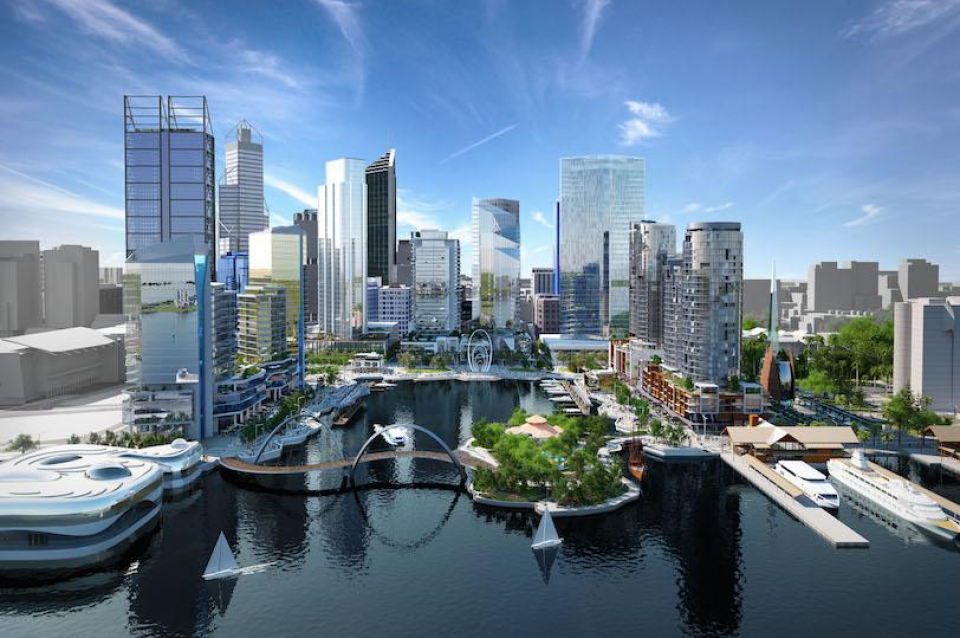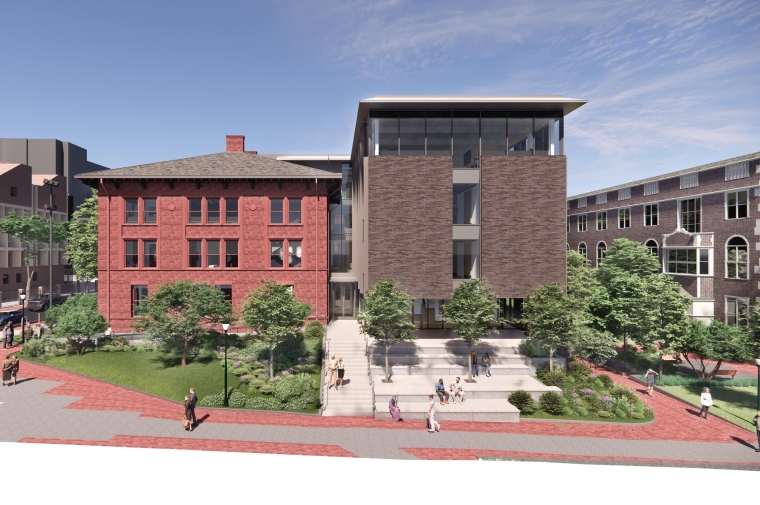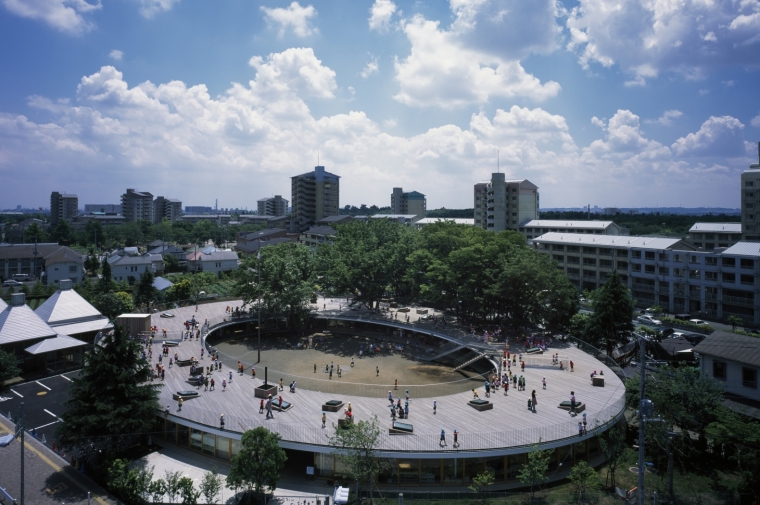February 2, 2016
Stuart Weitzman School of Design
102 Meyerson Hall
210 South 34th Street
Philadelphia, PA 19104
Get the latest Weitzman news in your Inbox
Media Contact
Michael Grant
mrgrant@design.upenn.edu
215.898.2539
Last week the Metropolitan Redevelopment Authority of Western Australia delivered the city of Perth a major new landmark with the opening of Elizabeth Quay, a much-anticipated waterfront redevelopment project that PennDesign Landscape Architecture Chair Richard Weller helped design. The public celebration came after 7 years of controversy, two different governments, and innumerable phases of design development.
"It should give the city a new lease of life," says Weller. "Like many cities around the world, Perth was divorced from its waterfront. The city had been trying to reconnect back to its river for over 100 years, and for a long time it looked like our design would go the way of all the others. But the government had some money from the recent mineral boom in that part of the world, so they decided to finally go for it."
While Perth's new waterfront has been in the works for 25 years, it was far from a sure thing. In a remarkable twist of fate, former PennDesign Dean Gary Hack and his firm Carr, Lynch, Hack and Sandell won the original design competition for the waterfront 1991 but, like many other designs over the years, it was not developed. Then, in 2008, Richard Weller, in association with the architects Ashton Raggatt McDougall (ARM), won a new design competition. The $400 million inlet with an island and a waterfront promenade was completed by the landscape architects Taylor Cullity Lethlean (TCL); the urban infill of buildings around the landscape is expected to take another 10 years.
"This has changed the face of Perth forever," said Western Australian Premier Colin Barnett at the official celebration on January 29. "It's a one in 100 year change."
The Metropolitan Redevelopment Authority of Western Australia has published a complete timeline for Elizabeth Quay. Over the past century, more than 200 unrealized schemes for Perth's waterfront have been put forward, as seen in an exhibition now on view at the Museum of Perth and reported by Architecture AU.


 Expand Image
Expand Image



